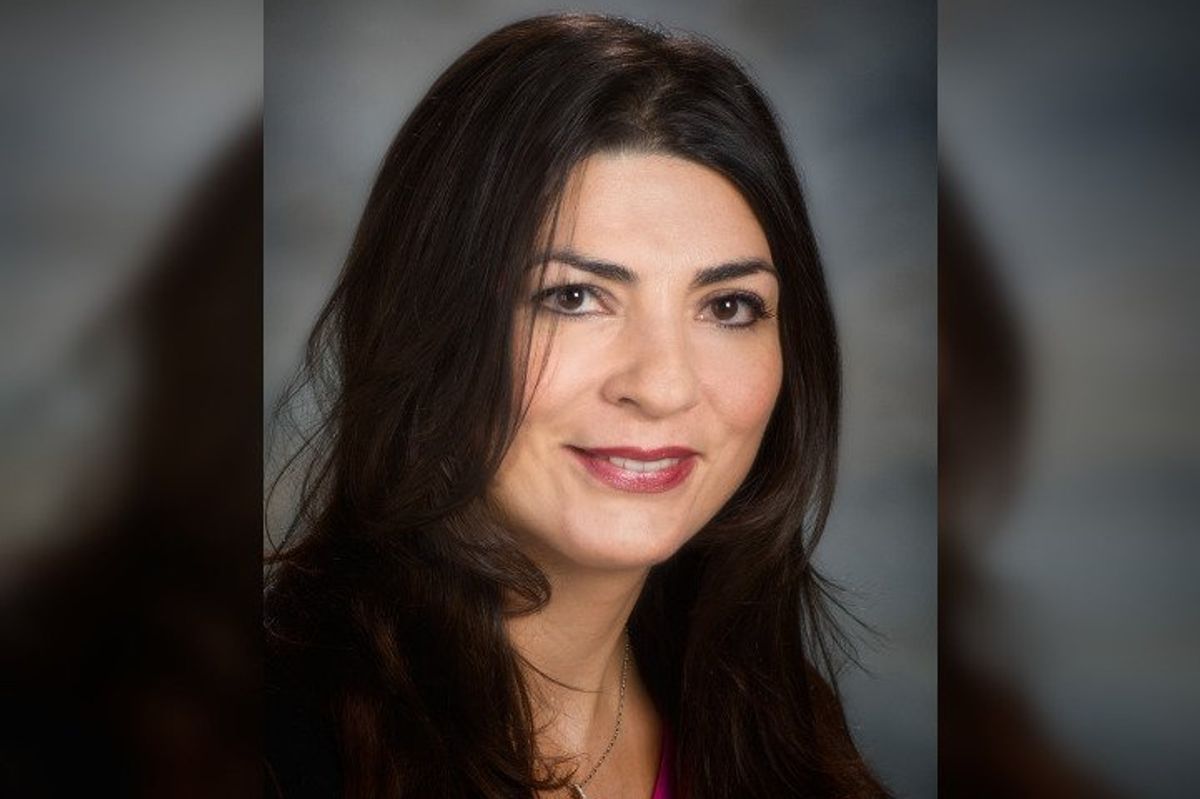Houston biosciences company opens new sequencing center for drug development
bioscience breakthroughs
Houston-based Avance Biosciences has launched the Next-Generation Sequencing Center of Excellence, designed to enhance the company’s sequencing capabilities for drug development. Specifically, the facility at the company’s main campus in Northwest Houston will pursue breakthroughs in biologics, cell therapy and gene therapy.
In the drug industry, sequencing refers to studying nucleotides in DNA and RNA molecules. Nucleotides are the building blocks of DNA and RNA.
“This is a major milestone for Avance Biosciences as we continue to support the evolving needs of biologics and cell and gene therapy developers,” Xuening “James” Huang, co-founder, CEO and chief technology officer of Avance, said in a news release. “By consolidating state-of-the-art sequencing platforms and scientific talent, we’ve created a highly capable organization ready to solve complex genomic challenges with precision and compliance.”
In 2013, Avance rolled out next-generation sequencing (NGS) that complies with federal guidelines. Since then, Avance “has remained at the forefront of regulated sequencing services,” the company said. “The launch of the (new center) strengthens the company’s ability to deliver accurate, reproducible, and regulatory-aligned sequencing data across a wide array of therapeutic modalities.”
Cal Froberg, senior vice president of sales and marketing at Avance, said pharmaceutical and biotech clients trust the company’s technical capabilities and regulatory compliance.
“With the ever-changing global landscape and increasing scrutiny around international sample shipments, conducting advanced, cost-effective NGS testing domestically is now more feasible than ever,” Froberg said. “Our clients have confidence that their samples will remain in the U.S.”
Avance, founded in 2010, plans to hold an open house at the new facility in September to showcase its capabilities, technology, talent, and services. The company’s services include sequencing, molecular biology, cell-based testing, and bioanalytical testing.
 Dr. Katy Rezvani is a professor of stem cell transplantation and cellular therapy and the force behind MD Anderson’s Rezvani Lab, which is focused on harnessing natural killer cells to combat cancer. Photo via mdanderson.org
Dr. Katy Rezvani is a professor of stem cell transplantation and cellular therapy and the force behind MD Anderson’s Rezvani Lab, which is focused on harnessing natural killer cells to combat cancer. Photo via mdanderson.org



